Navigating the intricacies of shipping costs from China to Ireland can be quite daunting for importers. With a multitude of factors influencing expenses—including shipping routes, container sizes, and transport modes—understanding the dynamics of container shipping is crucial for optimizing logistics strategies. This guide delves into the key components that determine shipping costs, providing valuable insights into effective budgeting and planning. From the nuances of Full Container Load (FCL) versus Less than Container Load (LCL) shipping to the impacts of port fees and customs duties, we aim to equip businesses with the knowledge they need to make informed decisions and enhance their supply chain efficiency.
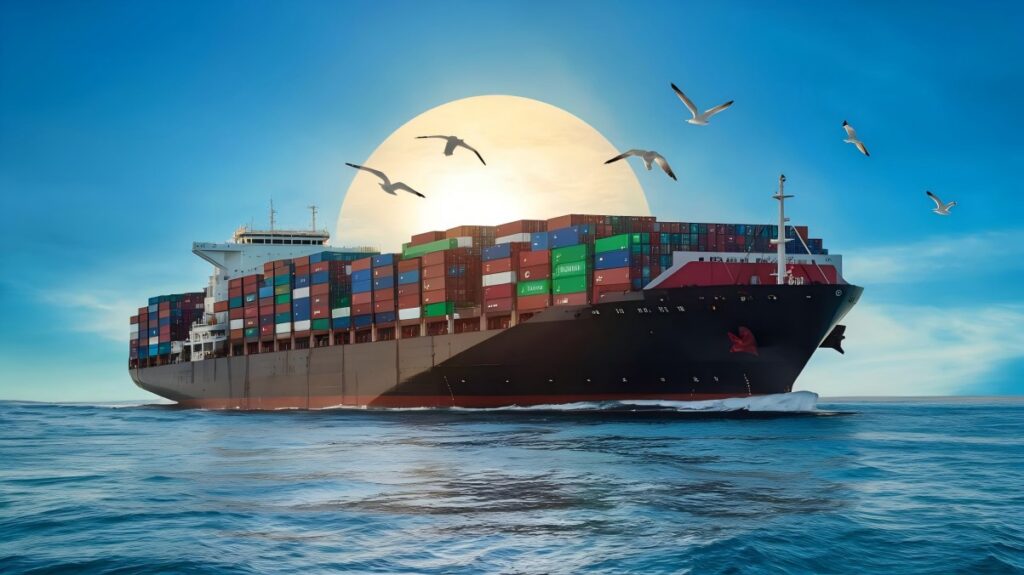
Key Factors Influencing Shipping Costs
Shipping Route and Distance
The shipping route and distance between China and Ireland play a pivotal role in determining the overall shipping costs. Different maritime routes are available, with the most common ones being through major shipping lanes that connect Chinese ports such as Shanghai, Shenzhen, and Ningbo to Irish ports like Dublin and Cork.
The distance between the origin and destination affects not only the transportation time but also the fuel consumption, which is a critical factor in shipping costs. Longer distances typically result in higher fuel charges, port fees, and transit times. Here is a comparative table showcasing average distances from key Chinese ports to Ireland:
| Port of Origin | Distance to Dublin (km) | Estimated Transit Time (days) |
|---|---|---|
| Shanghai | 20,500 | 30-35 |
| Shenzhen | 21,000 | 32-37 |
| Ningbo | 20,800 | 31-36 |
Knowing the specific route and its implications on both cost and time can help businesses make informed decisions when selecting a freight forwarding service.
Container Size: 20ft vs. 40ft
The container size is another critical factor that influences shipping costs. Containers typically come in two standard sizes: 20ft and 40ft. The choice between these sizes can significantly affect freight costs based on the volume and weight of the goods being shipped.
| Container Size | Maximum Volume (CBM) | Typical Weight Limit (kg) | Cost Implications |
|---|---|---|---|
| 20ft | 33 | 28,000 | Generally lower cost but limited capacity |
| 40ft | 67 | 30,500 | Higher cost, but better for larger shipments |
For businesses with smaller shipments, opting for a 20ft container may be more economical. However, for larger shipments or those requiring more volume, a 40ft container can provide a better per-unit shipping rate. Understanding these nuances allows importers to select the most cost-effective shipping method.
Mode of Transport: FCL vs. LCL
The mode of transport is also crucial when calculating shipping costs. The two primary modes of shipping are Full Container Load (FCL) and Less than Container Load (LCL).
-
Full Container Load (FCL): This method is used when a single shipper has enough cargo to fill an entire container. FCL shipments generally offer lower shipping costs per unit, as the entire container is dedicated to one shipper, thus reducing the risk of delays.
-
Less than Container Load (LCL): This option is suitable for shippers with smaller quantities of goods that do not fill an entire container. While LCL can provide flexibility and lower upfront costs, it often comes with higher costs per unit due to additional charges for handling and potential delays in consolidation.
| Mode of Transport | Advantages | Disadvantages |
|---|---|---|
| FCL | Lower cost per unit, less risk of damage | Requires a minimum cargo volume |
| LCL | Flexible, lower initial costs | Higher cost per unit, longer delivery times |
Deciding between FCL and LCL can have a significant impact on shipping costs. Importers should evaluate their shipment sizes and timelines to choose the most appropriate option for their logistics needs.
In summary, understanding the nuances of shipping costs from China to Ireland entails a comprehensive evaluation of factors such as the shipping route, container size, and mode of transport. Importers who grasp these dynamics will be better positioned to optimize their logistics processes and mitigate potential costs.
For businesses seeking a highly professional, cost-effective, and high-quality logistics solution, consider Dantful International Logistics. With our expertise in Door-to-Door Shipping and a commitment to providing tailored solutions, we can support your shipping needs efficiently and effectively. Explore our services today for a seamless shipping experience!
You may be interested in the following related articles:
- A Comprehensive Guide to the Cheapest Shipping Companies from China to Syria
- The Ultimate Guide to Door to Door Shipping from China to Latvia
- The Ultimate Guide to Container Shipping Costs from China to Ghana in 2024
- Container Shipping Costs from China to Nigeria: What You Need to Know
- The Ultimate Guide to Container Shipping Costs from China to Kenya in 2024
- Container Shipping Costs from China to Canada: What You Need to Know
Shipping Costs for Containers from China to Ireland
The shipping costs associated with transporting containers from China to Ireland can vary widely depending on several factors. A comprehensive understanding of these costs is essential for businesses looking to optimize their logistics and maximize efficiency.
20 ft Container Shipping Cost from China to Ireland
When considering a 20 ft container, it is important to evaluate the total shipping costs, which encompass various components. The average cost for shipping a 20 ft container from China to Ireland typically ranges from $1,500 to $3,000 depending on the shipping route, seasonal demand, and service provider.
Cost Breakdown for 20ft Containers
The total cost of shipping a 20 ft container can be divided into several components:
| Cost Component | Estimated Cost ($) | Description |
|---|---|---|
| Freight Charges | $1,000 – $2,000 | The core charge for shipping the container via sea. |
| Port Fees | $100 – $300 | Charges at both the port of origin and destination for handling and documentation. |
| Customs Clearance | $200 – $400 | Fees for processing documentation and clearance through customs. |
| Insurance | $50 – $150 | Optional but recommended insurance to protect against loss or damage. |
| Delivery Charges | $150 – $250 | Costs associated with transporting the container from the port to the final destination. |
This breakdown allows importers to assess potential costs accurately and plan their budgets effectively.
40 ft Container Shipping Cost from China to Ireland
For larger shipments, a 40 ft container can be a more economical option per unit. The average cost for shipping a 40 ft container from China to Ireland generally ranges from $2,500 to $4,500, again influenced by several factors.
Cost Breakdown for 40ft Containers
A detailed breakdown of the costs associated with shipping a 40 ft container is as follows:
| Cost Component | Estimated Cost ($) | Description |
|---|---|---|
| Freight Charges | $1,800 – $3,500 | The main charge for transporting the container via sea. |
| Port Fees | $150 – $400 | Handling and administrative fees at both ports involved. |
| Customs Clearance | $200 – $400 | Documentation processing and clearance fees. |
| Insurance | $100 – $250 | Recommended coverage for potential loss or damage during transportation. |
| Delivery Charges | $200 – $350 | Costs for moving the container from the port to its final destination. |
Importers should consider these costs when deciding on the size of the container suitable for their shipment needs.
Comparison of FCL and LCL Shipping Costs
Understanding the financial implications of choosing between Full Container Load (FCL) and Less than Container Load (LCL) is crucial for managing shipping costs.
| Shipping Method | Estimated Cost ($) | Volume Requirement | Advantages | Disadvantages |
|---|---|---|---|---|
| FCL | $1,500 – $4,500 | Entire container load | Lower cost per unit, dedicated space | Higher upfront cost, requires more cargo volume |
| LCL | $200 – $1,000 | Partial container load | Flexible, lower initial costs | Higher cost per unit, longer transit time |
This comparison illustrates how the choice between FCL and LCL can influence shipping costs based on shipment volumes and logistics strategies.
Additional Fees and Charges
While the core shipping costs are significant, additional fees and charges can also impact the total expenditure involved in shipping containers from China to Ireland.
Port Fees and Handling Charges
Port fees and handling charges are essential components that need to be factored into the overall shipping costs. These fees can include:
- Docking Fees: Charges for the use of port facilities while the container is being unloaded.
- Loading and Unloading Fees: Costs incurred for loading the container onto the vessel and unloading it once it reaches the destination port.
- Storage Fees: Additional fees that may apply if the container is not collected within a specified time frame after arrival at the port.
These fees can vary by port and should be carefully considered when estimating total shipping costs.
Customs Duties and Taxes
Another critical aspect of shipping costs is the customs duties and taxes that may be levied on imported goods. These charges are determined based on the classification and value of the goods being imported, and they can vary significantly by product type. Key considerations include:
- Import Duties: Taxes imposed by the government on certain goods upon entering the country. The duty rates can vary based on the product classification under the Harmonized System.
- Value Added Tax (VAT): In Ireland, imports may be subject to VAT, which is calculated based on the cost of the goods plus any applicable duties.
Importers should work with experienced customs brokers to navigate these fees effectively and ensure compliance with all regulations.
For a seamless shipping experience and to navigate the complexities of shipping from China to Ireland, consider utilizing the services of Dantful International Logistics. Our team provides a highly professional, cost-effective, and high-quality approach to international logistics, helping you manage your shipping needs efficiently. Explore our comprehensive services, including Customs Clearance and Insurance Services, to enhance your logistics strategy today!
Dantful International Logistics Services:
- Dantful Ocean Freight Services
- Air Freight From China
- Amazon FBA Freight Forwarding
- WAREHOUSE Services
- One-Stop Customs Clearance Solution
- Cargo Insurance Services in China
- DDP Shipping Services By Dantful Logistics
- Out of Gauge Cargo Transportation Shipping Services
Shipping Time from China to Ireland
The shipping time from China to Ireland can vary significantly, depending on various factors such as the shipping method chosen, the specific ports involved, and the logistics planning. Understanding the average transit times and the factors that affect shipping duration is essential for importers looking to manage their supply chains effectively.
Average Transit Times for Sea Freight
When utilizing sea freight for shipping containers from China to Ireland, the average transit times are generally as follows:
| Port of Origin | Destination Port | Average Transit Time (days) |
|---|---|---|
| Shanghai | Dublin | 30-35 |
| Shenzhen | Dublin | 32-37 |
| Ningbo | Dublin | 31-36 |
| Guangzhou | Cork | 28-33 |
| Qingdao | Dublin | 33-38 |
These transit times are approximate and depend on various factors, including the shipping line, weather conditions, and port congestion. Importers should factor in these transit times when planning their shipments to ensure timely delivery.
Factors Affecting Shipping Duration
Several factors can influence the shipping duration from China to Ireland. Understanding these factors can help businesses better anticipate delays and make necessary adjustments to their logistics strategies.
1. Shipping Route and Port Congestion
Port congestion can create significant delays in shipping times. Busy ports often experience bottlenecks due to high traffic, leading to longer waiting times for unloading and loading operations. Selecting less congested ports or alternative shipping routes may help mitigate some of these delays.
2. Weather Conditions
Adverse weather conditions can impact shipping schedules considerably. Storms, typhoons, and other severe weather events may lead to rerouting or delays in shipping schedules. Importers should stay updated on weather forecasts and plan accordingly.
3. Customs Clearance Procedures
The time required for customs clearance can also affect shipping duration. Delays can occur if there are discrepancies in documentation or if additional inspections are needed. Collaborating with trusted customs brokers can help streamline this process and minimize potential delays.
4. Type of Shipping Service
Different shipping services offer varying transit times. For instance, Expedited shipping services may significantly reduce transit times compared to standard shipping options, albeit at a higher cost. Importers should evaluate their urgency and costs to choose the best option for their needs.
Tips for Reducing Container Shipping Costs
Reducing shipping costs is often top of mind for businesses engaged in international trade. By adopting strategic practices, companies can enhance their cost-efficiency when shipping containers from China to Ireland.

Choosing the Right Freight Forwarder
Selecting an experienced and reliable freight forwarder is critical to managing shipping costs effectively. A good freight forwarder can help you navigate the complexities of international shipping, identify cost-saving opportunities, and provide tailored solutions for your logistics needs.
Key Considerations:
- Experience and Expertise: Choose a freight forwarder with a proven track record in shipping from China to Ireland.
- Network of Shipping Partners: A forwarder with established relationships with shipping lines can often secure better rates and services.
- Transparent Pricing: Look for a forwarder that provides clear, upfront pricing without hidden fees, allowing you to budget accurately.
- Customer Support: Excellent customer service is essential for addressing issues promptly and ensuring smooth logistics operations.
Consolidating Shipments for Cost Efficiency
Consolidating shipments is an effective strategy for reducing container shipping costs. By combining multiple smaller shipments into one larger shipment, businesses can take advantage of economies of scale and lower per-unit shipping costs.
Tips for Successful Shipment Consolidation:
- Plan Ahead: Organize your shipments in advance to determine the best timing for consolidation.
- Collaborate with Other Importers: Joining forces with other businesses to share container space can enhance cost-efficiency.
- Utilize Warehouse Services: Consider partnering with a freight forwarder that offers Warehouse Services to facilitate the consolidation process and manage inventory effectively.
Implementing these strategies can lead to significant savings in shipping costs while maintaining efficient logistics operations.
For importers seeking expert guidance and support in their shipping processes, Dantful International Logistics offers a comprehensive suite of services designed to optimize your international logistics needs. Our team can assist with everything from Customs Clearance to Door-to-Door Shipping, ensuring a smooth and cost-effective shipping experience. Explore our solutions today!
FAQs
1. What factors influence shipping costs from China to Ireland?
Shipping costs are influenced by several key factors, including:
- Shipping Route and Distance: Different routes and distances affect fuel consumption and overall costs.
- Container Size: The choice between a 20ft and 40ft container can significantly impact costs.
- Mode of Transport: Full Container Load (FCL) generally costs less per unit compared to Less than Container Load (LCL).
2. What is the average shipping cost for a 20ft container from China to Ireland?
The average cost for shipping a 20ft container ranges from $1,500 to $3,000, depending on the shipping route, seasonal demand, and service provider.
3. What is the average shipping cost for a 40ft container from China to Ireland?
For a 40ft container, the average shipping cost typically ranges from $2,500 to $4,500. This option is often more economical per unit for larger shipments.
4. How long does shipping from China to Ireland take?
Average transit times for sea freight from China to Ireland range from 28 to 38 days, depending on the port of origin and destination. Specific factors like port congestion and weather conditions can affect these times.
5. What additional fees should I consider when shipping?
In addition to freight charges, consider port fees, customs clearance fees, insurance, and delivery charges. These can significantly affect the total shipping cost.
6. Should I choose FCL or LCL shipping?
- FCL is more cost-effective for larger shipments and provides dedicated space, while LCL is suitable for smaller, less urgent shipments but may come with higher per-unit costs.
- The choice depends on your shipment size, urgency, and budget.
7. How can I reduce shipping costs?
To reduce shipping costs, consider:
- Choosing an experienced freight forwarder: They can help identify cost-saving opportunities and provide tailored solutions.
- Consolidating shipments: Combining smaller shipments into one larger shipment to take advantage of economies of scale.

Young Chiu is a seasoned logistics expert with over 15 years of experience in international freight forwarding and supply chain management. As CEO of Dantful International Logistics, Young is dedicated to providing valuable insights and practical advice to businesses navigating the complexities of global shipping.
The other language versions of this article
- تكاليف شحن الحاويات من الصين إلى أيرلندا: ما تحتاج إلى معرفته
- Kosten voor containervervoer van China naar Ierland: wat u moet weten
- Coûts du transport de conteneurs de la Chine vers l’Irlande : ce que vous devez savoir
- Containerversandkosten von China nach Irland: Was Sie wissen müssen
- Costi di spedizione dei container dalla Cina all’Irlanda: cosa devi sapere
- Costos de envío de contenedores desde China a Irlanda: lo que necesita saber
- Custos de transporte de contêineres da China para a Irlanda: o que você precisa saber
- Стоимость контейнерной перевозки из Китая в Ирландию: что вам нужно знать
- Çin’den İrlanda’ya Konteyner Nakliye Maliyetleri: Bilmeniz Gerekenler

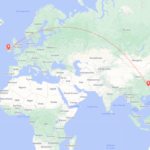
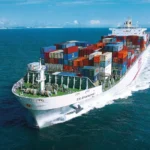





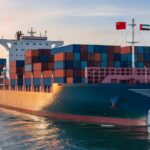

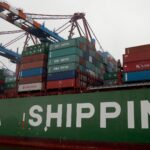

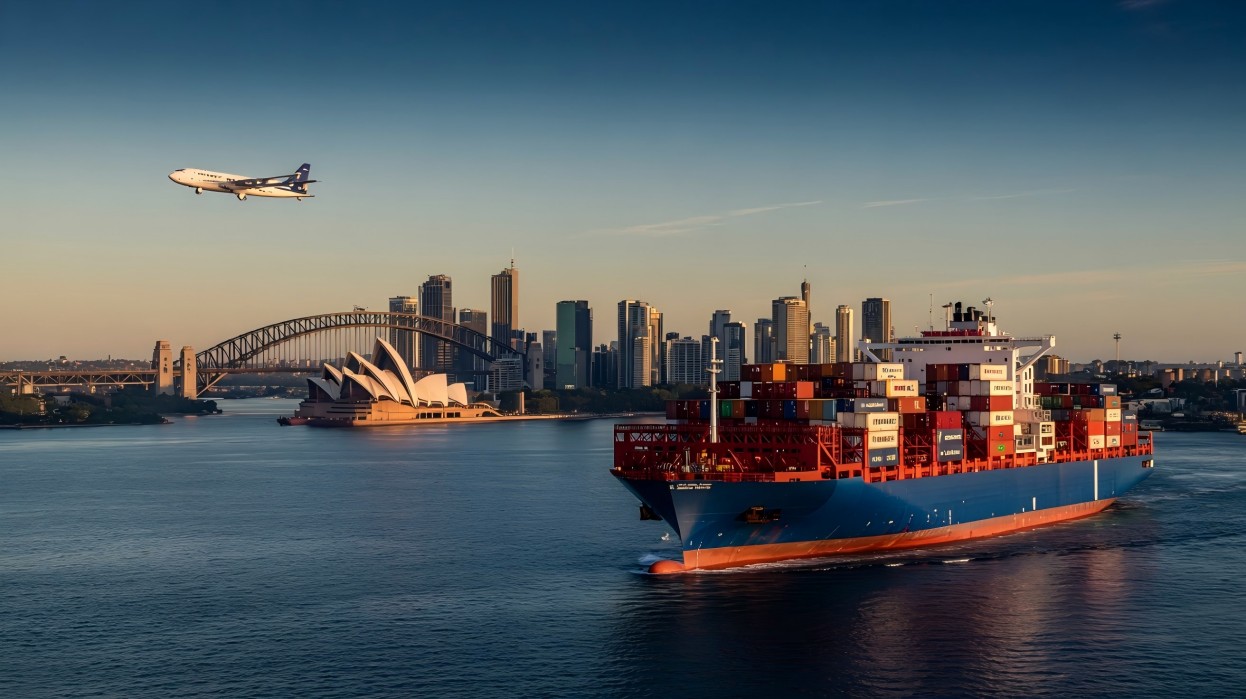
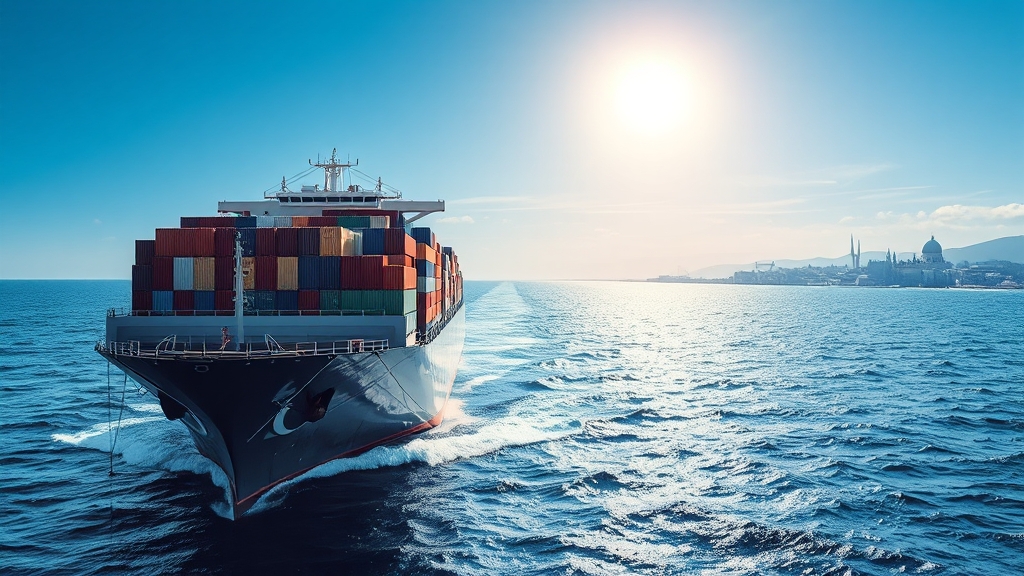
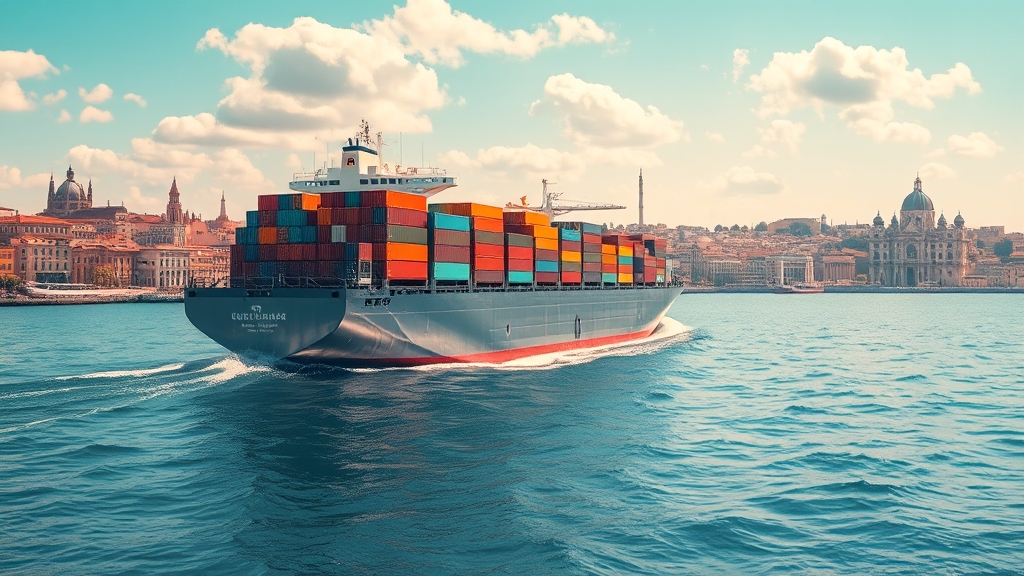
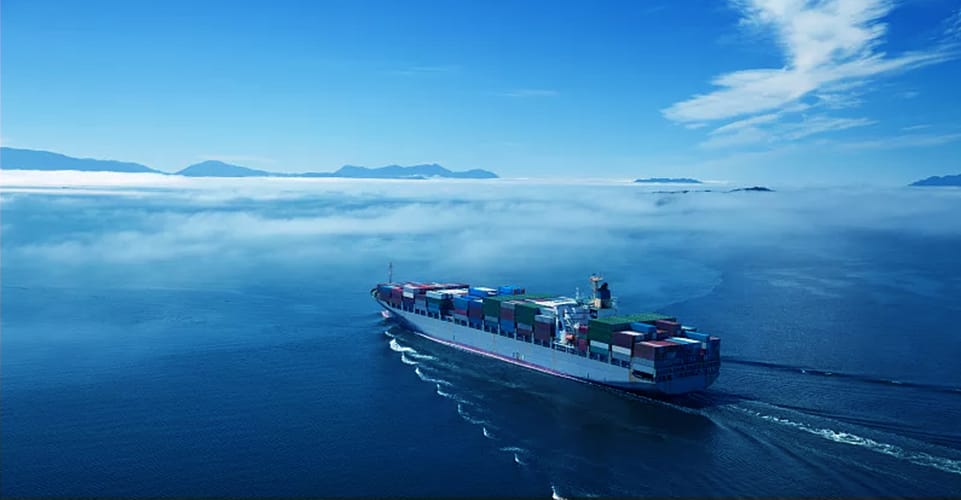





 Afrikaans
Afrikaans Shqip
Shqip አማርኛ
አማርኛ العربية
العربية Հայերեն
Հայերեն Azərbaycan dili
Azərbaycan dili Euskara
Euskara Беларуская мова
Беларуская мова বাংলা
বাংলা Bosanski
Bosanski Български
Български Català
Català Cebuano
Cebuano Chichewa
Chichewa 简体中文
简体中文 繁體中文
繁體中文 Corsu
Corsu Hrvatski
Hrvatski Čeština
Čeština Dansk
Dansk Nederlands
Nederlands English
English Esperanto
Esperanto Eesti
Eesti Filipino
Filipino Suomi
Suomi Français
Français Galego
Galego ქართული
ქართული Deutsch
Deutsch Ελληνικά
Ελληνικά Kreyol ayisyen
Kreyol ayisyen Harshen Hausa
Harshen Hausa Ōlelo Hawaiʻi
Ōlelo Hawaiʻi עִבְרִית
עִבְרִית हिन्दी
हिन्दी Hmong
Hmong Magyar
Magyar Íslenska
Íslenska Igbo
Igbo Bahasa Indonesia
Bahasa Indonesia Gaeilge
Gaeilge Italiano
Italiano 日本語
日本語 Basa Jawa
Basa Jawa ಕನ್ನಡ
ಕನ್ನಡ Қазақ тілі
Қазақ тілі ភាសាខ្មែរ
ភាសាខ្មែរ 한국어
한국어 كوردی
كوردی Кыргызча
Кыргызча ພາສາລາວ
ພາສາລາວ Latin
Latin Latviešu valoda
Latviešu valoda Lietuvių kalba
Lietuvių kalba Lëtzebuergesch
Lëtzebuergesch Македонски јазик
Македонски јазик Malagasy
Malagasy Bahasa Melayu
Bahasa Melayu മലയാളം
മലയാളം Maltese
Maltese Te Reo Māori
Te Reo Māori मराठी
मराठी Монгол
Монгол ဗမာစာ
ဗမာစာ नेपाली
नेपाली Norsk bokmål
Norsk bokmål پښتو
پښتو فارسی
فارسی Polski
Polski Português
Português ਪੰਜਾਬੀ
ਪੰਜਾਬੀ Română
Română Русский
Русский Samoan
Samoan Gàidhlig
Gàidhlig Српски језик
Српски језик Sesotho
Sesotho Shona
Shona سنڌي
سنڌي සිංහල
සිංහල Slovenčina
Slovenčina Slovenščina
Slovenščina Afsoomaali
Afsoomaali Español
Español Basa Sunda
Basa Sunda Kiswahili
Kiswahili Svenska
Svenska Тоҷикӣ
Тоҷикӣ தமிழ்
தமிழ் తెలుగు
తెలుగు ไทย
ไทย Türkçe
Türkçe Українська
Українська اردو
اردو O‘zbekcha
O‘zbekcha Tiếng Việt
Tiếng Việt Cymraeg
Cymraeg יידיש
יידיש Yorùbá
Yorùbá Zulu
Zulu